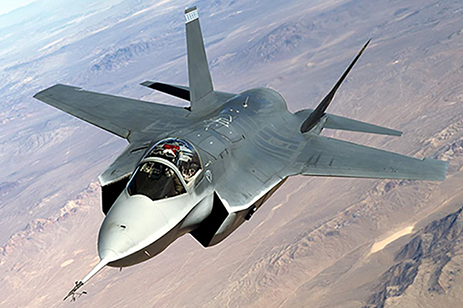
To remain competitive, a Curtiss-Wright Defense Solutions customer needed to upgrade an existing radar system deployed across multiple airborne platforms. A critical part of the upgrade was doubling the system’s signal processing throughput; the customer’s system engineers calculated a new generation of FPGAs could deliver the required performance. However, any design with new FPGAs also needed to supply them with input via flexible, high-bandwidth analog interfaces to the radar antennae and similarly high-bandwidth output to the rest of the system.
In addition to the throughput requirements, the system engineers also faced three stringent design constraints. First, the radar upgrade had a fixed cost target, driven by the competitive nature of the market; this cost target flowed down to all components, including the signal processing. Just as fixed was the power budget, driven not by competition but by limits in the power available in airborne platforms. And lastly, because the radar system would be deployed in the harshest environments, any signal processing modules had to be able to operate reliably across a -40 to +85°C temperature range.
This successful design demonstrated the strong collaboration between customer and supplier that Curtiss-Wright strives for. As technology continues to advance and design constraints become more difficult, it is important to have a partner that will work with you to find the most efficient path to the end goal.
The customized 6U OpenVPX CHAMP-FX4 has successfully passed the full Level 200 qualification (-40 to +85°C) along with shock and vibration testing and successfully met the customer’s requirements. It provided the required processing throughput increase while staying within the power, cost, and temperature constraints. Furthermore, VxWorks is running on the dual-Arm Cortex A9 processor within the Xilinx Zynq SOC FPGA that is located on the card, providing a power-efficient single card solution. The radar upgrade program has passed several field trials and is moving into deployment on a few different programs.
Download the case study to learn more.